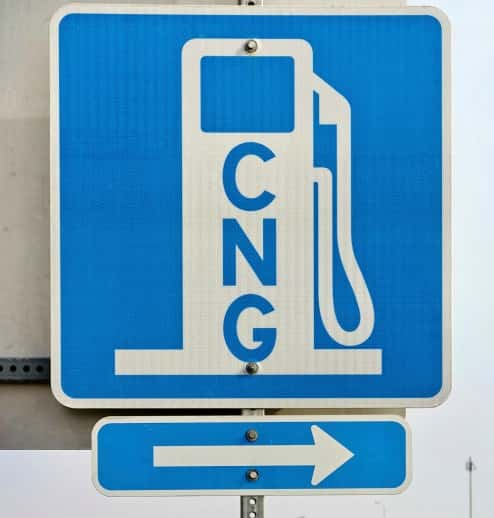A new report released by the Canadian Natural Gas Vehicle Alliance (CNGVA) underscores the benefits of natural gas as a transportation fuel across Canada and highlights the need to address current barriers for greater adoption.
Following extensive consultations with the natural gas vehicle (NGV) industry and fleet users, the updated report – “Natural Gas Use in the Medium and Heavy-Duty Transportation Sector: Roadmap 2.0” – builds on the observations and recommendations of a 2010 report, “Natural Gas Use in the Transportation Sector.”
CNGVA lays out several observations from the report:
- The use of natural gas as a transportation fuel can offer significant emission-reduction benefits, with up to 25% GHG emissions reduction potential, depending on the vehicle and fueling system being used. The emergence of renewable natural gas (RNG) provides added emission-reduction benefits.
- The significant use of NGVs by refuse, transit and trucking firms, as well as the use of natural gas as a fuel option by marine carriers, illustrates the market’s readiness for the technology in Canada and the potential for both cost and emissions savings.
- There is a strong business case for NGVs in Canada. Natural gas costs remain stable, and high-fuel-usage fleets can benefit from cost savings. Additional regulatory measures favor the emissions reductions associated with NGVs, accentuating the business case.
- An abundant supply of geological natural gas and the growing supply of RNG point to continued price stability and enhanced life-cycle emission reductions.
- Extensive original equipment manufacturer engine offerings for the on-road market, as well as a growing number of specialty off-road and marine engines, are being used by Canadian transportation fleets.
However, the report notes that more industry and government support is needed to address the following barriers:
- Upfront vehicle cost premiums;
- Greater access to refueling facilities to improve reach in the transportation sector;
- Maintenance facility upgrades for both fleets and vendors;
- Capital investment to enable production, processing, blending and connecting RNG supply to existing pipelines;
- Stronger outreach tuned to the needs and concerns of various fleet users; and
- Investments in R&D efforts, including collaborative partnerships with all levels of government, other countries and research institutions.
According to CNGVA, the revised roadmap provides a good point of departure for the industry and prospective fleet adopters to understand the opportunities that NGVs offer. Much like the 2010 report, the new roadmap is a starting point for a renewed industry-government effort, the group says.
“This roadmap is an important tool for Canadians and industry to have more choices when it comes to transportation. Our government is working with partners to provide more options to get products and people where they need to go while reducing pollution and growing our economy,” comments Amarjeet Sohi, Canada’s minister of natural resources.
“Continued industry and government collaboration – as exemplified by this report – is a key attribute that will advantage Canada in attaining cost and emissions reductions,” says Bruce Winchester, executive director of CNGVA.
“Fleets across Canada are increasingly turning to natural gas to green their operations,” adds Bart Van Aerle, president of Cummins Westport Inc. “The roadmap highlights this abundant, domestic fuel and its renewable options as a key resource for the betterment of Canada’s economy and environment.”
The full report can be read here.







